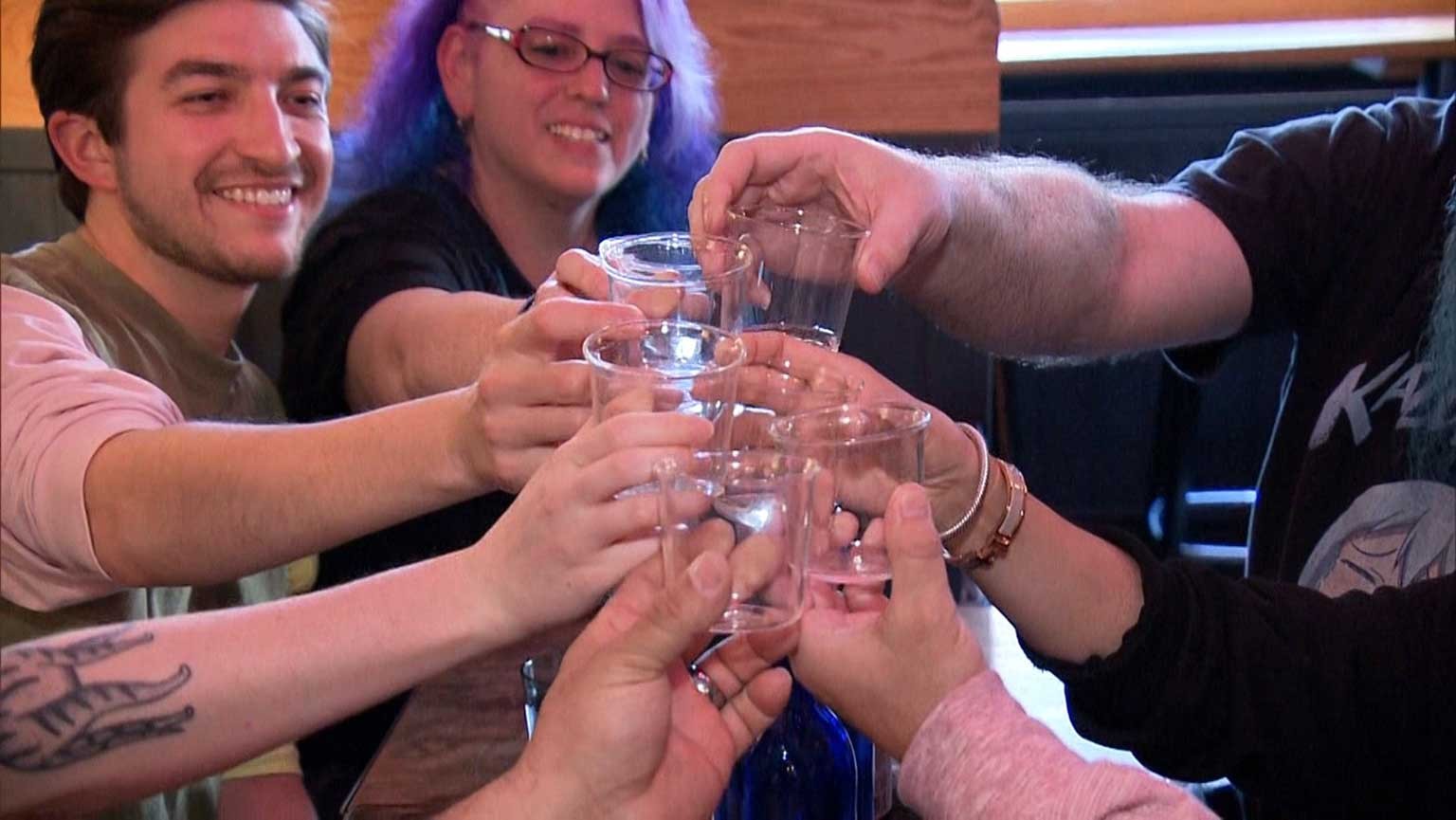Arkansas brewery aims to become a hub
America's newest sake brewery announces its connection to Japan in its very logo—an origami crane. Owners Ben Bell and Matt Bell (no relation) opened Origami Sake in the state of Arkansas, where about half of the rice in the US is produced.
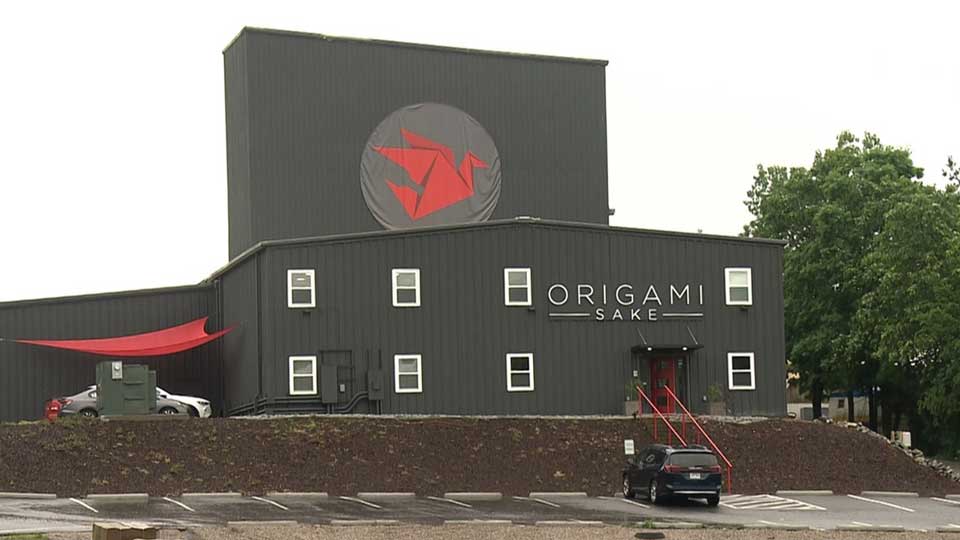
The two were born and raised in Arkansas and bonded over a dream of making the area "the Napa Valley of American sake."
"We are going to create a sense of place for something that we have abundance of—rice and pristine water," Matt says.
Ben developed his passion for sake while working as a wine specialist. Wanting more firsthand experience, he moved to Iwate Prefecture in northeastern Japan, where he trained for two years at the famous sake brewery Nanbubijin. The brewing process and style at Origami Sake is greatly informed by this training.
The heart of the brewery—the room where rice ferments and develops into sake—is covered with Japanese cedar boards, with the aroma of the wood and a sweet hint of the molding process.
"For the introduction, we have a fruit-forward style. It's very easy for Americans to tase and to think 'OK, this is something I understand,'" says Ben. "And then we want to do a broad variety to show how many ways you can make sake."
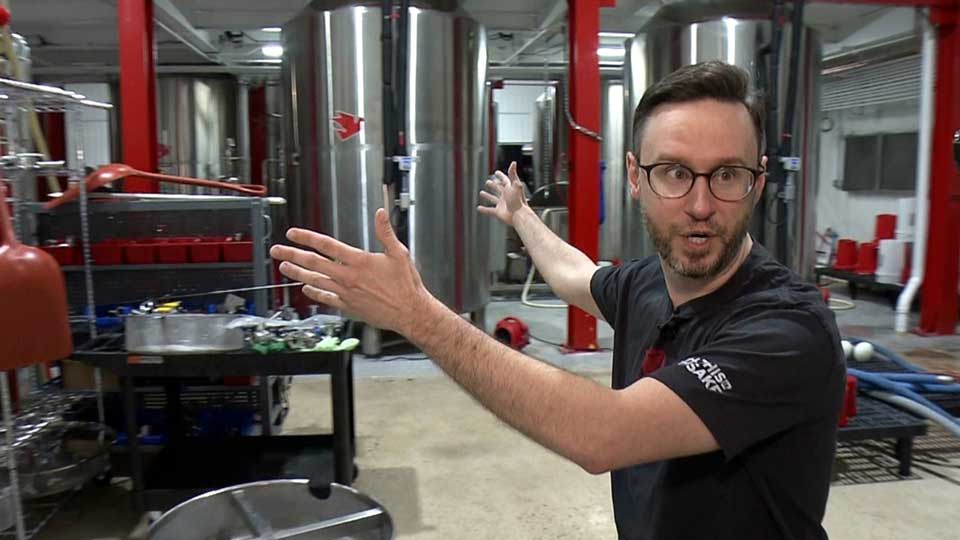
But what will be a more American style? Ben and Matt say there is no single answer, and different qualities will emerge according to location, heritage and taste.
"Americans like to experiment with different techniques and adding things," says Ben. "Probably over the next 10 years, a new style will emerge."
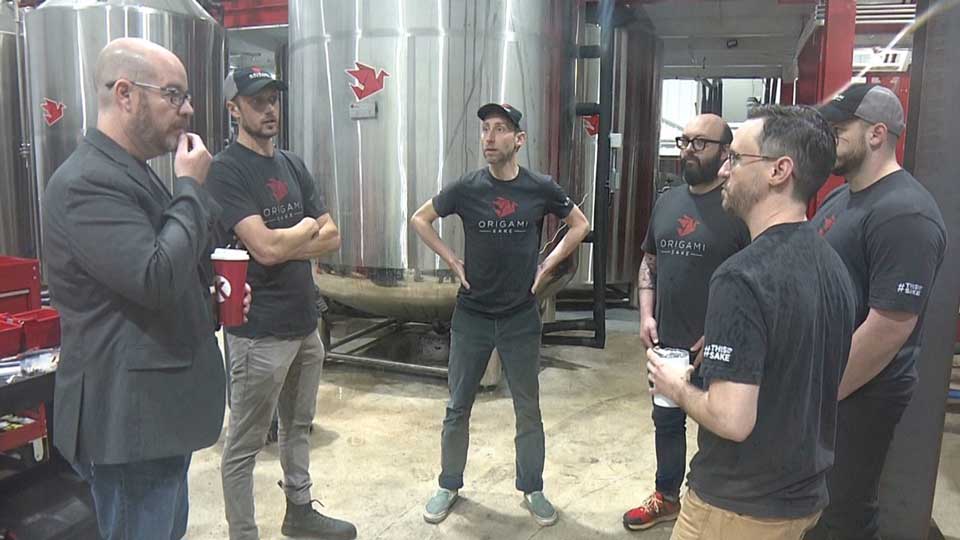
A rice farmer provides a key element
Arkansas rice farmer Chris Isbell has seen Matt and Ben set up shop just a couple of hours away from his farm. They now work together to produce an entirely local sake line, from field to bottle.
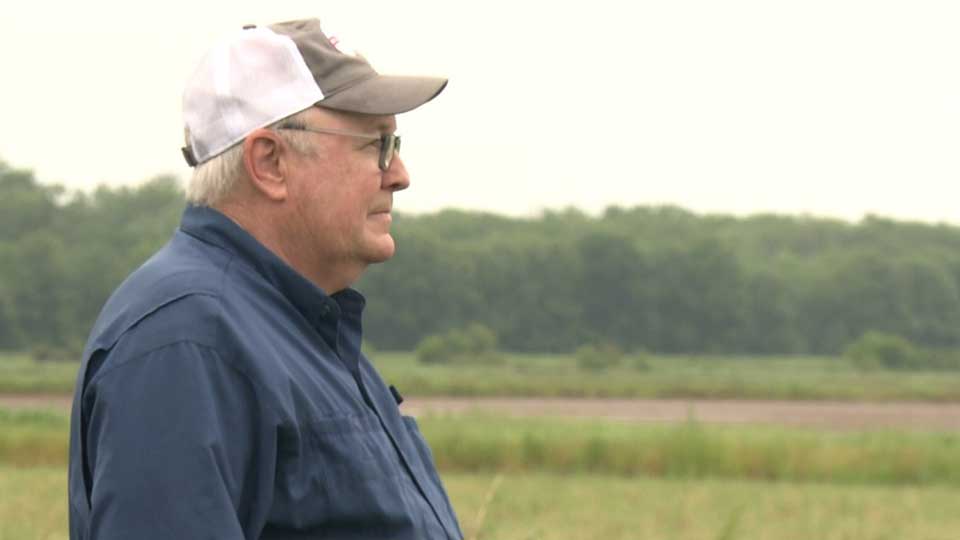
Isbell is a pioneer at cultivating a variety of Japanese rice called Koshihikari, which is most familiar as the foundation for sushi. He admits that, when he first planted the crop in 1990, he had no idea where he'd sell it. But the market came to him.
Now he's witnessing a similar phenomenon.
"Sake rice is kind of taking off like sushi rice," he says, adding that he's become "passionately curious" about the category. "We get calls every day from somebody new. They want to come out and talk about sake rice."
The American sake market has the wind at its back
Insiders say the market for US-made sake is gathering momentum.
"Right now, there are over 20 sake breweries across the US, and the vast majority are owned by Americans," says Weston Konishi, president of the Sake Brewers Association of North America. He adds that each year sees the opening of two or three new breweries.
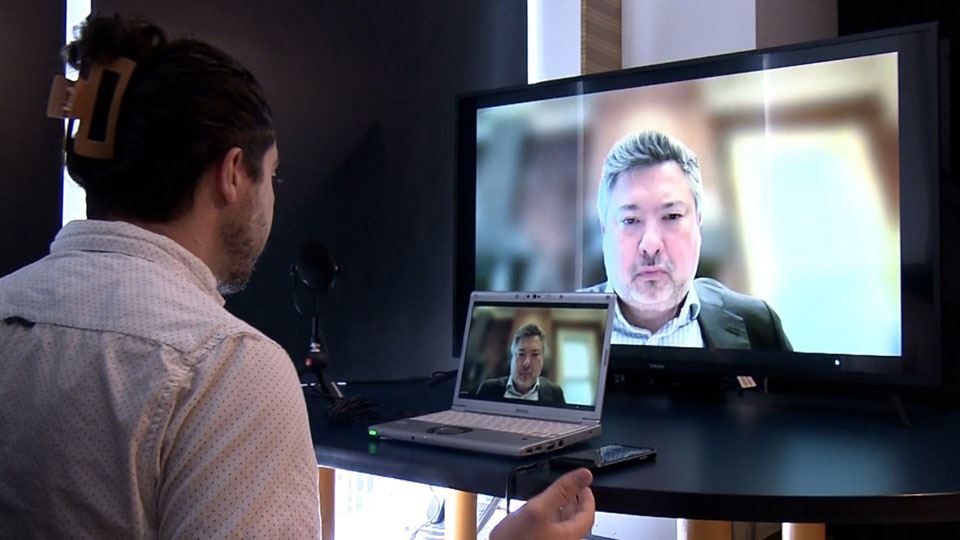
Although made-in-Japan sake has been imported into the US for decades, Konishi says Americans still see the drink as "exotic." He believes they may find domestically produced brands less intimidating.
"If you are an American and see that there’s a sake being brewed in your hometown by Americans, that automatically creates connection, without cultural or linguistic barriers," he says.
Konishi points out that the sake boom in the US is still in its early stages and "there is a lot more room for growth." He points out that sake represented less than 1 percent of the overall US alcoholic beverage market in 2020—or, as Konishi puts it, "just a fraction of the pie."
Drawing on a blueprint
Origami Sake and other startups have followed in the footsteps of one of the most established breweries in the US: Brooklyn Kura. Owners Brian Polen and Brandon Doughan are looking to ride the wave of interest they helped create by expanding their production capacity—and by investing in the future of the industry.
They have seen some Japanese sake brewers trying to reach out to the US market, which might potentially bring more competition. Still, they welcome everyone to join their project.
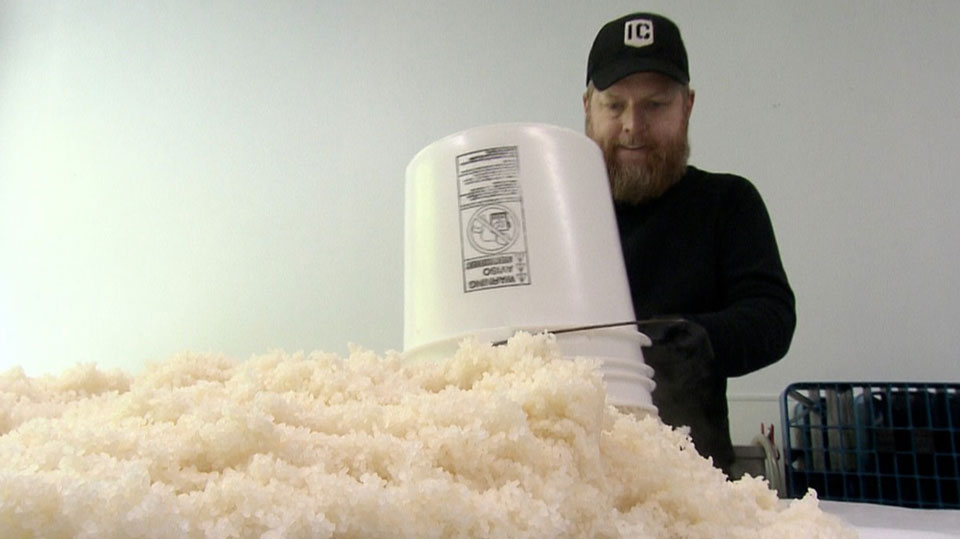
One initiative is to offer a space that will allow people in the industry to work together… or simply network. The facility will include a taproom for customers to taste a variety of different sake, and a lecture space where they can learn from insiders about the craft.
One such expert is Timothy Sullivan, who was awarded the title of "Sake Samurai" by a Japanese association of young brewers. He says that, as the US market for sake grows, so too must the effort to educate new enthusiasts.
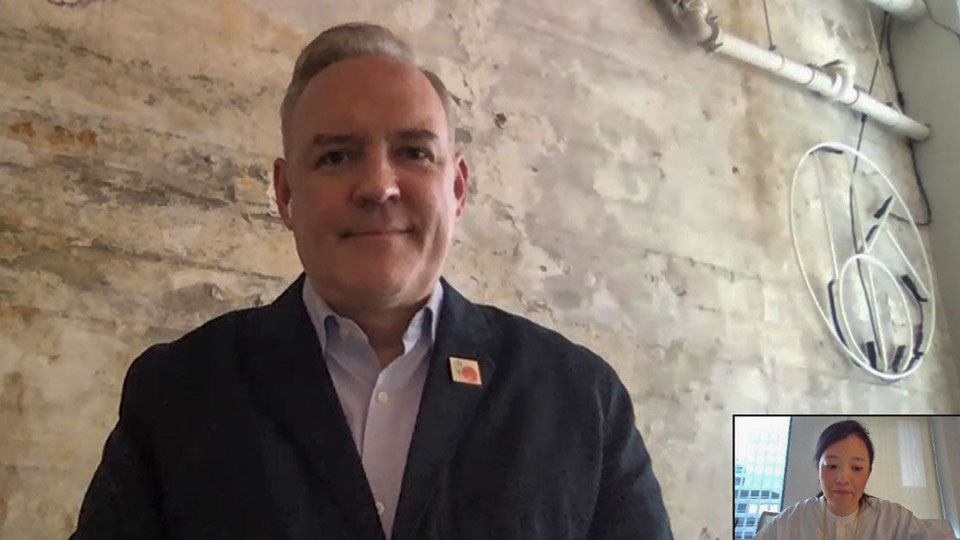
"Sometimes, there is explanation from the Japanese point of view that makes perfect sense to the Japanese consumer," he says. "But we need to translate that."
For example, Sullivan says that instead of using technical Japanese terms to describe sake, he'd like to see American restaurants, liquor store staff and consumers learn more about the drink through familiar English terminology.
Another stereotype Sullivan wants to break is one echoed by the majority in the US sake industry: the idea that the drink can be enjoyed only alongside Japanese cuisine.
Adding a seasoning of "buzz and excitement"
Some sake lovers have already experienced the drink paired with non-Japanese food at Accidental Bar in lower Manhattan, where owner Austin Powers is trying to shake up traditional approaches.
Toward that end, he offers patrons the opportunity to sample sake alongside such fare as turmeric-pickled cauliflower, pecorino cheese, chicken wings and cheeseburgers. Improbably, many people find that the ancient drink of sake blends beautifully with the roasted tomato and salty cheese of… pizza.
The bar's customers, whether experienced or not, all enjoy the safe space that Powers has created according to his credo: "I want more people to drink more sake more irresponsibly."
